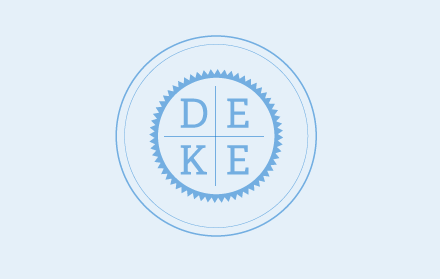deke.com posts about Fotolia
Press the Shift key to add to a selection. Press Alt (or Option) to subtract and Shift+Alt (Shift+Opt) to find an intersection. Helpfully, these tricks apply to layers, channels, and paths. They're a power user's dream.
Photoshop offers two tools that paint with luminance: The dodge tool paints in brightness, the burn tool paints in darkness. They're crazy useful, and they've gotten so much better in Photoshop CS4.
Since the first daguerr
Hue/Saturation not only spins colors and intensity values, it lets you modify one color independently of all others. And it does so in such a credible way, you would never know it was there. Perfection.
The Liquify filter lets you paint in distortions so you can perform digital nips and tucks. You can slim people down, edit their posture, and make them look exactly how they wanted to look in the first place.
The Actions palette lets you record your work so you never have to do it again. Plus, you can build up complex visual effects and share them with others, as Deke demonstrates in this jaw-dropping video.
The modest brush tool is one of the deepest, most versatile tools in Photoshop. It's not only a terrific painting tool, but it is also invaluable for masking, as this video demonstrates.
Newbies select images with the quick select and magic wand tools. Highly automated, but they rarely work. Experts use the pen tool. It's an art form unto itself, but it always works.
One of the oldest, most abstruse commands in Photoshop, Calculations lets you merge two channels to create a new alpha channel. It's a tough nut to crack, but crack it you must if you want to master masking.
Photoshop's amazing Refine Edge command lets you modify your selection using five different parameters and preview the results in five different ways.
In the digital age, we shoot linear images that are converted to full-color photographs. Which is a good thing, because it means we can distill the perfect black-and-white shot in Photoshop, one range of colors at a time.











